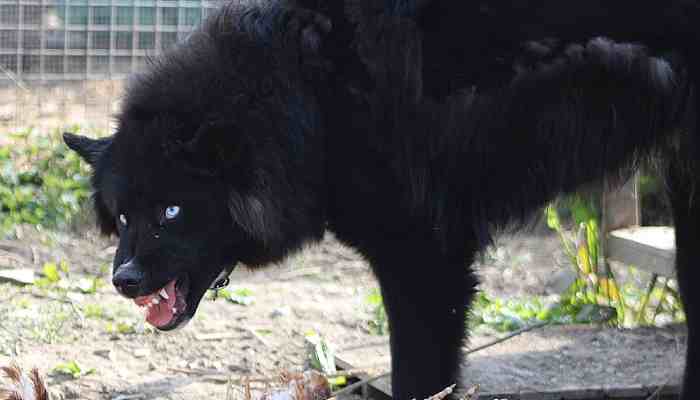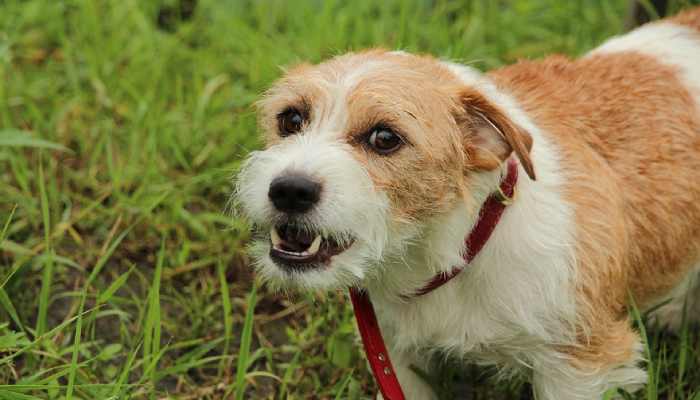Dominance aggression in dogs is a complex and multifaceted behaviour that can manifest in a variety of ways. It is often associated with social hierarchies and the establishment of dominance within a pack. Dominance aggression can occur when a dog perceives a threat to its position within a group, whether that is a human family or a group of other dogs.
One common form of dominance aggression is resource guarding, where a dog becomes possessive over food, toys, or other objects. This behaviour can be exacerbated by environmental factors, such as a lack of food or space, and can lead to aggressive displays towards other dogs or humans who come near the resource. In some cases, resource guarding can escalate to the point where the dog will bite or attack to protect the resource.
Another form of dominance aggression is territorial aggression. This occurs when a dog perceives a threat to its territory or the territory of its owner. This can include barking, growling, or lunging at intruders, and in extreme cases, biting or attacking to protect the perceived threat.
Dominance aggression can also manifest as inter-dog aggression, where a dog displays aggressive behaviour towards other dogs. This can occur when a dog feels threatened or challenged by another dog’s behaviour, such as excessive playfulness or assertiveness. In some cases, inter-dog aggression can be directed towards unfamiliar dogs or those outside of the dog’s social group.
It is important to note that dominance aggression is not limited to certain breeds or types of dogs. It can occur in any breed, and is often influenced by environmental and social factors. For example, a dog that has been poorly socialized or mistreated may be more likely to display dominance aggression than a well-socialized dog that has had positive experiences with other dogs and humans.
Dominance aggression can be challenging to manage and can have serious consequences if not addressed appropriately. It is important for dog owners to understand the signs and triggers of dominance aggression, and to take steps to prevent and manage aggressive behaviour. This may include providing adequate resources, such as food and space, managing interactions with other dogs and humans, and seeking professional advice and support when necessary.
In conclusion, dominance aggression in dogs is a complex behaviour that can manifest in a variety of ways. It is often associated with social hierarchies and the establishment of dominance within a group. Understanding the signs and triggers of dominance aggression is key to managing this behaviour and ensuring the safety of both the dog and those around it.



